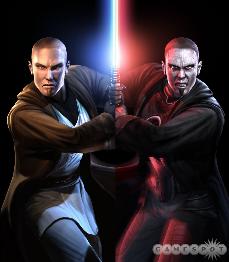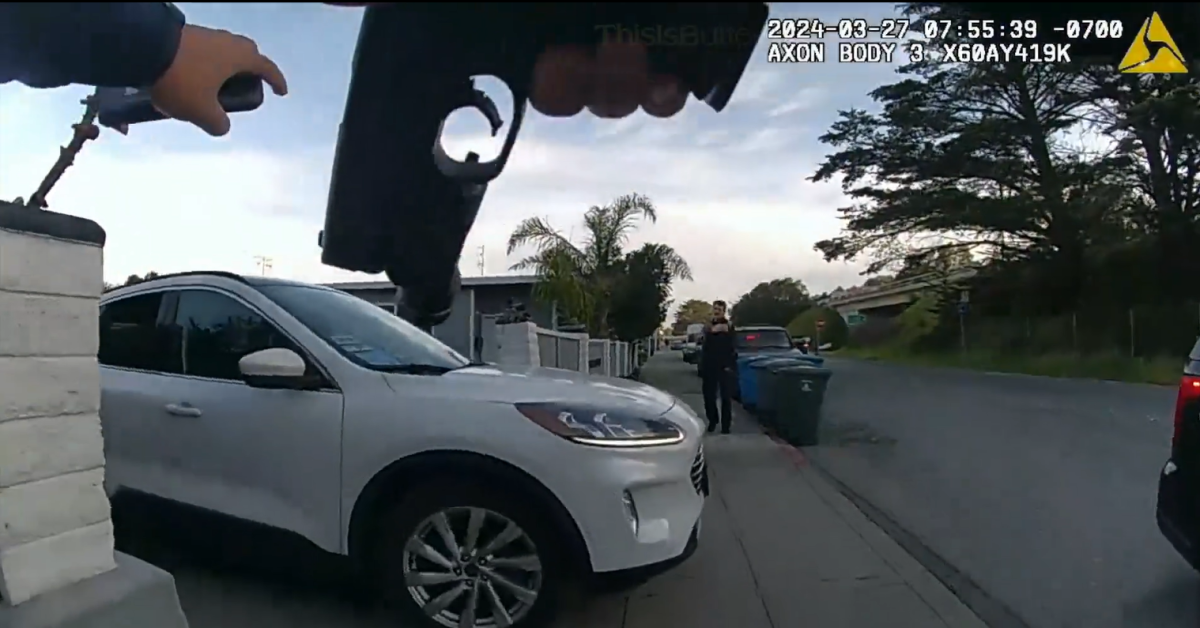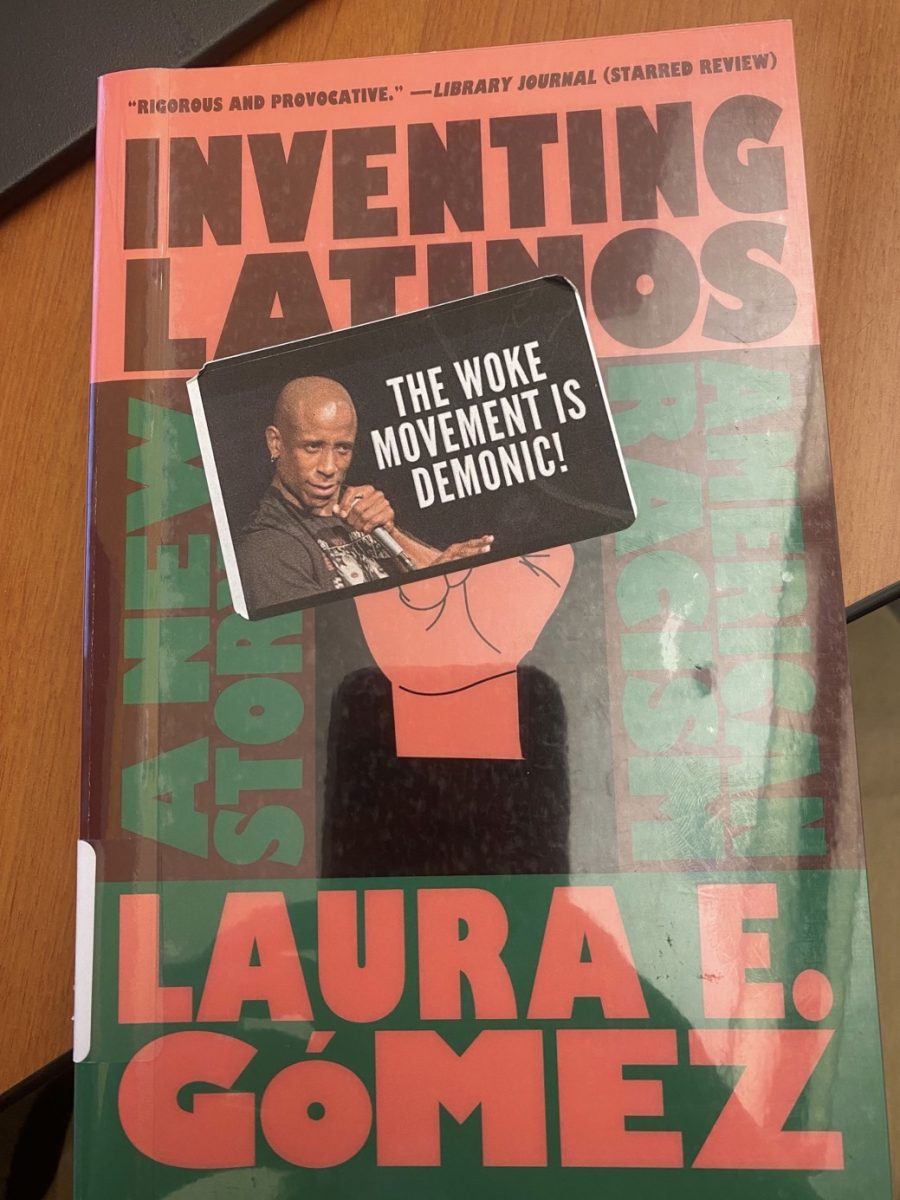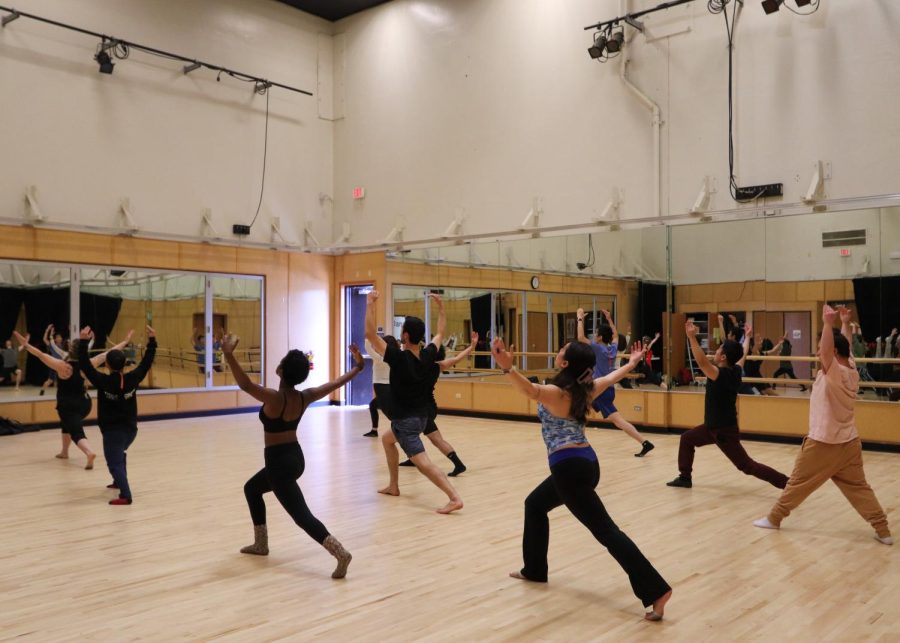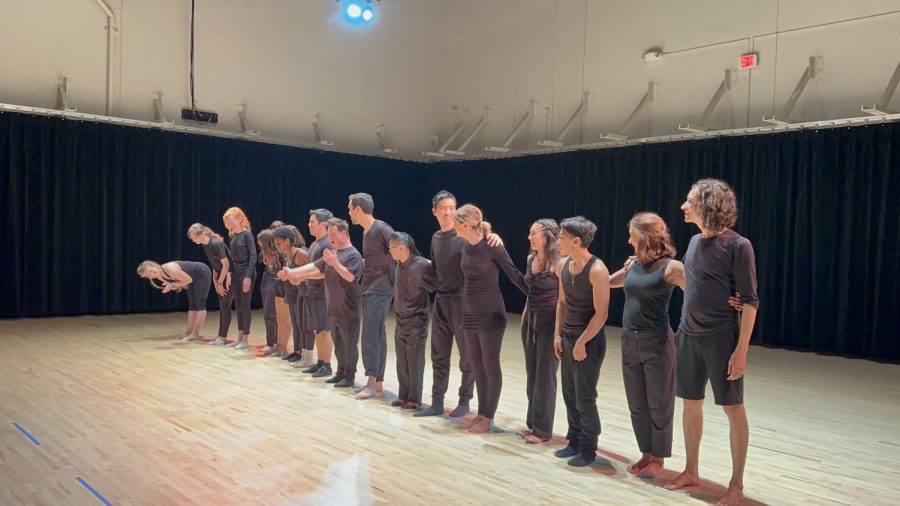Every now and again I get bored with all the next-gen games that are coming out (when can we stop calling it next-gen?), or there’s a big gap in good releases, or I’ve simply beaten the hell out of everything I own and need something new to engage me.
It’s times like these that I rifle through my collection of games from days gone by, looking for something to grab my interest and make me think “hey, yeah, I’ll play that.”
Sometimes I’ll blow the dust off my N64 and play Ocarina of Time. Maybe I’ll reach for my old Game Boy Color and fire up a new file in Pokémon Blue.
This time, however, I reached for my old CDs containing Knights of the Old Republic II. I’ve always been a bit of a Star Wars junkie, and although it had been years since I last played, I distinctly remembered the game being one of my favorites. So, with nothing to lose, I installed it and got a game going.
The game lets you choose what class you want to play – you basically get your pick between a combat-heavy soldier class, a skill-focused scout class, and a stealth-based rouge class. From there, you pick your gender, your character’s appearance and name, the skills and talents they start with, and you set forth. That’s it.
Your character starts with a history, of course – she isn’t born on the Peragus mining facility where the game starts. However, all you know at the start of the game is that she is a Jedi, and someone or something is trying to kill her. You discover more of your character’s background through conversations with your allies and decisions that you make – in essence, you’re writing your own character’s back story as you play, and the game is shaping itself to accommodate that.
It’s not surprising in this case, however. The dialog in this game (and its predecessor) has always been rich and meaningful, with attitude choices you make or even simple phrasing having a significant impact on the result of a conversation. It makes it all the more impactful that, occasionally, these conversations are going to affect the fate of entire planets.
Unfortunately, the dialog has to pull some of the focus away from gameplay, which can be bland and repetitive. Eventually your character gets so powerful that the level designers simply resort to throwing you into wave after wave of enemies, often comprising of a handful of simple thugs supported by one or two more powerful “lieutenants”. It gets to the point where none of it proves very challenging, though, and eventually you’re just running around slashing your way though hordes of Sith simply because you have to. You do get to use a lightsaber, though, and that’s extra cool points.
Ultimately, however, the KotOR games were never meant to be focused on the gameplay. What you’re meant to pay attention to is the storytelling, the dialog, the writing, and the plot, all of which are spectacular. Each character you talk to makes you feel like you want to know more about them. Even the common citizens you can talk to all feel like different people instead of generic NPCs stamped out of the same template (i.e. Oblivion).
All in all, if you can overlook slightly boring gameplay and let yourself be drawn in by this game’s excellent storytelling, you’ll find yourself in for a real treat. If you haven’t played these games, I strongly recommend them to any gamer – even if you’re not big on Star Wars.



